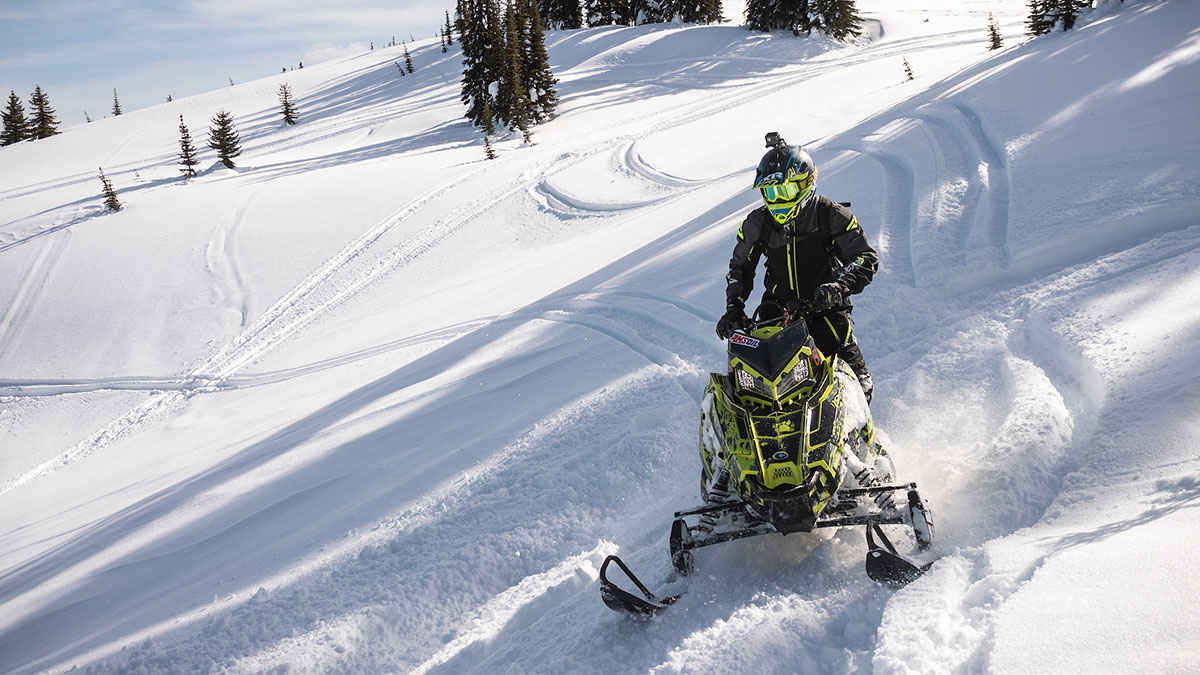Two-strokes run into thermal problems with large bores. We can get by with them on a freestyle application. Couch racers had a difficult time keeping 80-82mm pistons from burning up at 7500 rpm. Remember that our big twins only work with big pumps since they cant turn as much rpm. Using modified Superjet engines is a cheap evolution that most jetskiers can accept. If we started from a clean sheet the 701 would be as relevant as the WR500 engine is.
You are using an out of date browser. It may not display this or other websites correctly.
You should upgrade or use an alternative browser.
You should upgrade or use an alternative browser.
Super Jet JetSkiMann
- Thread starter Jetskimann
- Start date
- Location
- Sacramento Delta
^^^ @Jetskimann You are starting with a clean sheet.
I know you have your own ideas, but you may want to ask these guys what engine they would like you to build.
I know you have your own ideas, but you may want to ask these guys what engine they would like you to build.
- Location
- Sweden
Well it has alot more to do with that, but its a part of itEngine reliability mostly has to do with crankshaft stroke, the longer the stroke the higher the piston speed , the higher the piston speed the faster it wears out the top end , plus the crankshaft has to be rebuilt way more often than a stock stroke engine.
WFO Speedracer
A lifetime ban is like a lifetime warranty !
- Location
- Alabama
I can get as technical as you want but I was trying to keep it simple , sometimes simple answers are the best answers .Well it has alot more to do with that, but its a part of it
Big Kahuna
Administrator
- Location
- Tuscaloosa, AL
Having a PV does not effect reliability in the long run. It changes the exhaust port timing.......... They do require some maintenance (Cleaning) from time to time.So is an AM power valve cylinder stock stroke engine the best of both worlds?
Reliability and a Reasonable Power Increase?
This statement from @Jetskimann is what first got my attention:
"We made the crankshaft in various strokers, at the moment we will not make them any more.
The pistons with a diameter of 95 mm are made by wossner.
We cast the cylinders, then heat-treated, machined and apply nikasil"
Is there any downside to making a stock stroke large piston engine?
And will a power valve cylinder help or hurt the reliability or power out of a large piston stock stroke engine?
- Location
- Sacramento Delta

How Does a Two-Stroke Power Valve Work? - AMSOIL Blog
Two-stroke power valves offer the best of both worlds – excellent throttle response and good top-end power. Here's how they work.
